Perforated metal has uses in a wide range of industries, and some of them aren’t all that obvious. Here at Locker Group a great deal of our work is providing materials for architectural designs, but we’re often asked to help out with other projects. We thought we’d take a look at one of the less conventional applications of perforated metal, one that nevertheless bears a little resemblance to architecture: beehives.
Beekeepers’ divisive use of perforated metal
Beekeepers primarily use perforated metal for a product called a queen excluder. As the Mid-Atlantic Apiculture Research and Extension Consortium (MAAREC) explains, this is a thin sheet of perforated metal with holes punched through that are small enough to prevent the queen bee getting past, but large enough to let worker bees go through freely.
Queen excluders are used to keep the queen, and her eggs, separate from the honey stores.
Queen excluders are used to keep the queen, and her eggs, separate from the honey stores. This stops her from laying eggs in the area where the beekeeper will eventually harvest honey from, meaning the next generation of bees is allowed to grow undisturbed, and the beekeeper can collect honey that isn’t contaminated with eggs. They can also be used in hives that have been set up in a two-queen system.
As with larger human spaces, we can see perforated metal being used as a way to divide a space and selectively limit what can cross the barrier. In the case of the beehive, it’s dividing worker bees from the queen; in architectural uses, it might be dampening sound without preventing light from passing through.
 Perforated metal has a small but important role in the beekeeping industry.
Perforated metal has a small but important role in the beekeeping industry.Locker Group’s comprehensive range of perforated architectural products
Locker Group produces a wide range of perforated metal architectural products. We understand the importance of completing large and small projects to high standard; while a small sheet of metal in a beehive may not seem all that grand, it serves an important purpose to the industry.
Perforated metal has so many applications partly because it can be made in so many ways. Here at Locker we can punch sheets with holes in a variety of different shapes and patterns, and cut or fold the sheets to fit whatever customised shape the project needs. We can also supply perforated sheets in several different materials including stainless steel, aluminium and polypropylene. Whatever you need to finish your project, large or small, Locker Group can work with you to provide a solution.
Check out our case studies for some examples of full-scale architectural applications of Locker Group’s products, or get in touch today to find out more.



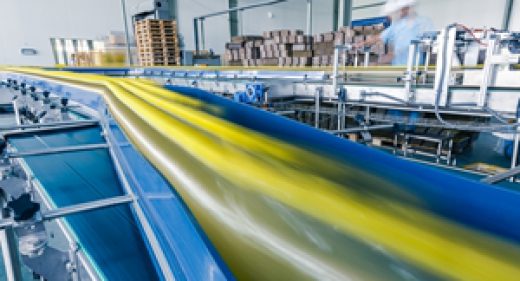
 Conveyor belts have revolutionised the food industry.
Conveyor belts have revolutionised the food industry.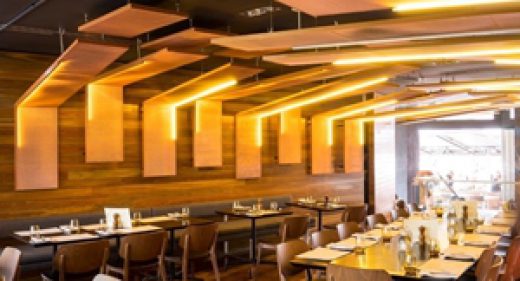
 Perforated metal can help diffuse noise.
Perforated metal can help diffuse noise. Wire curtains can partition areas without losing space.
Wire curtains can partition areas without losing space. The historic image ties the futuristic building to the past.
The historic image ties the futuristic building to the past.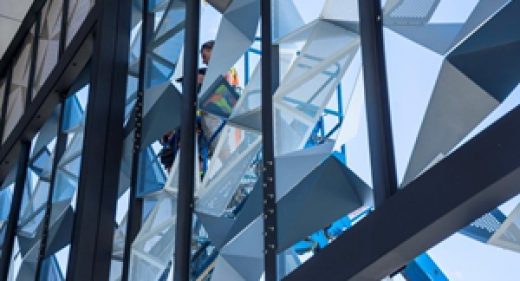
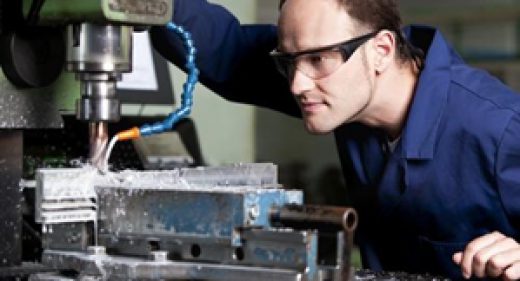
 Wire mesh can help make work environments safer.
Wire mesh can help make work environments safer.
 FRP is an ideal solution for the salt mining industry.
FRP is an ideal solution for the salt mining industry.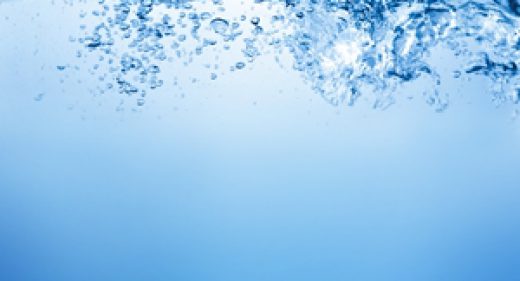
 Reducing water consumption is important for sustainability.
Reducing water consumption is important for sustainability.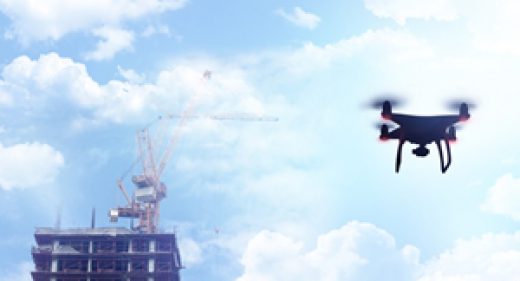
 Drones provide a unique point of view in the construction industry.
Drones provide a unique point of view in the construction industry.
 Pic Perf, a creative and versatile facade option.
Pic Perf, a creative and versatile facade option.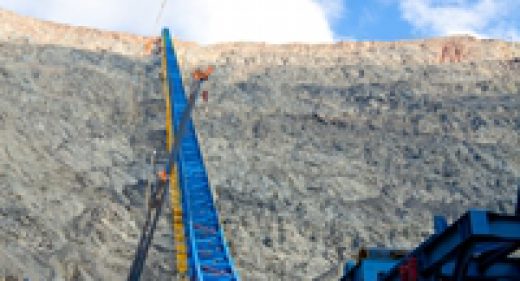
 Diesel transportation is no longer the most efficient option.
Diesel transportation is no longer the most efficient option.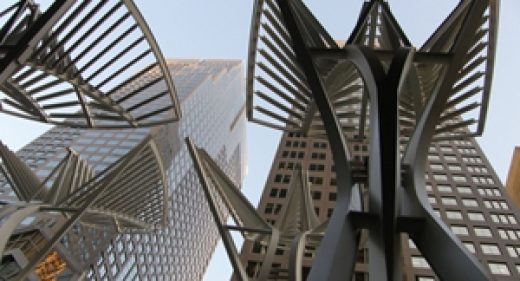

 Productivity benefits from a range of open and private spaces.
Productivity benefits from a range of open and private spaces.